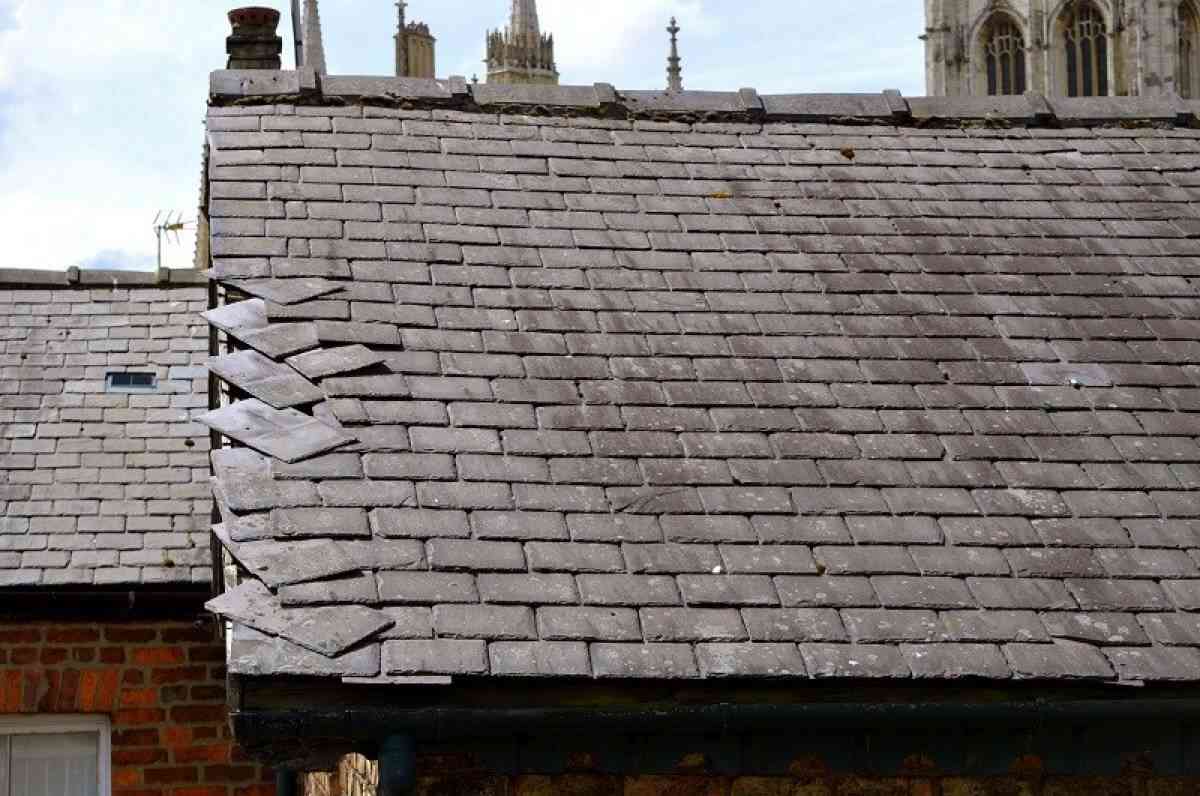4 Kinds Of Roof Damage And What To Do About It
- - Category: Remodeling
- - 01 Mar, 2023
- - Views: 319
- Save

Your roof can be put to the test in a variety of ways, and in the aftermath it's important to do what you can to help it
Your roof is one of the most important components of your home. It protects you from the elements, keeps your home insulated, and adds to the overall aesthetic of your property. Unfortunately, roofs can also be damaged by extreme weather or general wear and tear over time. By recognizing some common signs of roof damage, you can take proactive steps to address them before they become a bigger issue.
Missing Shingles
Missing shingles are one of the most common types of roof damage. These missing shingles often appear after severe weather events such as hurricanes or tornadoes but can also occur due to age or poor installation. If left unaddressed, missing shingles can lead to leaks that cause further damage to your property and belongings. To address this issue, you should contact a professional roofer who can assess the extent of the damage and install new shingles if needed.
Algae Growth
Algae growth on roofs is caused by moisture buildup and is particularly common in humid climates with plenty of rainfall throughout the year. In addition to being unsightly, algae growth on roofs can also contribute to more serious issues, such as rotting wood and premature aging of your roof's materials due to prolonged exposure to moisture. To prevent algae growth, you should ensure that all gutters are clean and working properly so rainwater can easily flow away from your home. You may also want to consider having a professional inspect your roof for potential leakage points that could be contributing to algae growth in certain areas.
Ice Dams
Ice dams form when the snow melts on a warm day but refreezes at night when temperatures drop below freezing again. This forms an ice barrier along the edge of your roof which prevents water from draining off properly and results in large pools of standing water on top of the roof, which can cause significant damage if left unchecked for long periods of time. The best way to address ice dams is through preventive measures such as proper insulation and ventilation or installing heated cables along the eaves so that snow melts quickly, even when temperatures drop at night.
Wind Damage
Wind damage can be a major problem for any homeowner without proper installation and periodic maintenance. High winds during severe weather events such as hurricanes or tornadoes can cause various issues with your roof. Loose or missing shingles, broken tiles, exposed flashings, dented metal panels, broken gutters or downspouts, all of these can be direct results of wind damage. To avoid or reduce the risk of such damages, it is important to ensure all parts are correctly installed on the roof with strong adhesives or fasteners and to keep trees that may cause debris from being close to vulnerable areas near the house. However, in some cases where the structural integrity has been compromised due to abnormally strong winds like those seen during tornado season, a residential roofing replacement might be necessary.
A variety of factors, such as severe weather events, age, and improper installation, can cause roof damage. By recognizing common signs of roof damage and taking proactive steps to address them, you can prevent further damage and ensure that your home stays safe and protected. With the help of a professional roofer, you can ensure that your roof remains in good condition for years to come.

